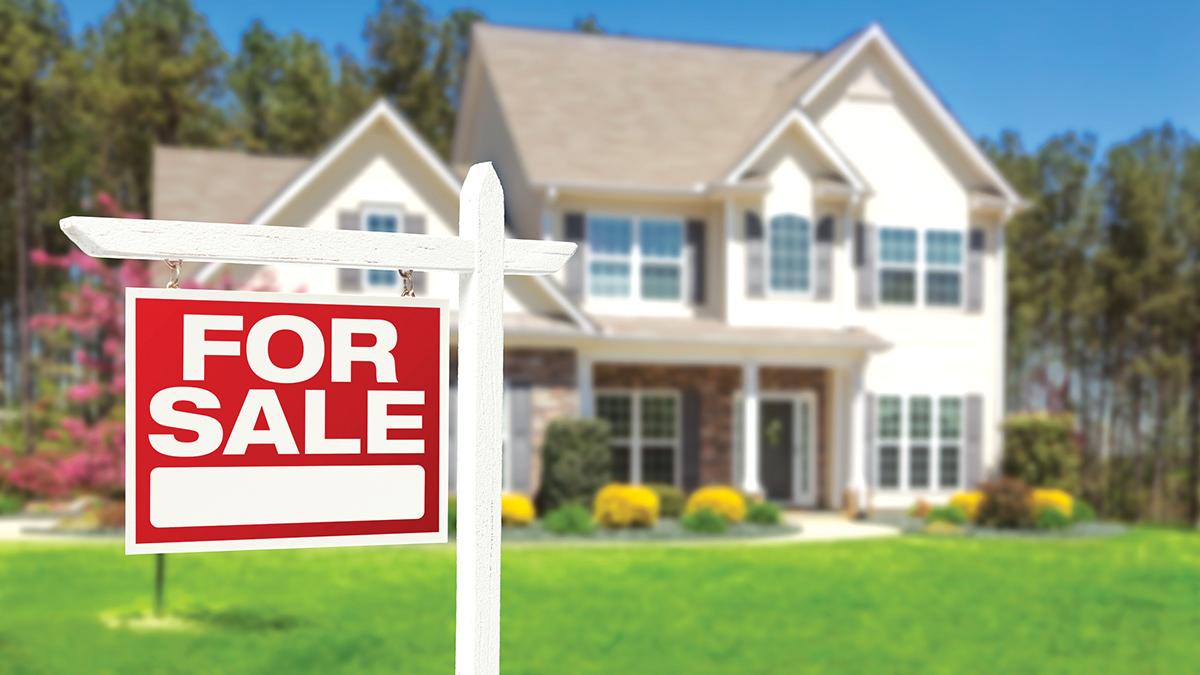Existing-home sales crept forward in January to the highest annual rate in six months, and subpar supply levels propelled price growth to the fastest increase since last April, according to the National Association of Realtors (NAR). The West was the only region to see a decline in sales in January.

Total existing-home sales, which are completed transactions that include single-family homes, townhomes, condominiums and co-ops, inched 0.4 percent to a seasonally adjusted annual rate of 5.47 million in January from a downwardly revised 5.45 million in December. Sales are now 11.0 percent higher than a year ago – the largest year-over-year gain since July 2013 (16.3 percent).
Lawrence Yun, NAR chief economist, said in a statement that existing sales kicked off 2016 on solid footing, rising slightly to the strongest pace since July 2015 (5.48 million). "The housing market has shown promising resilience in recent months, but home prices are still rising too fast because of ongoing supply constraints," he said. "Despite the global economic slowdown, the housing sector continues to recover and will likely help the U.S. economy avoid a recession."
The median existing-home price for all housing types in January was $213,800, up 8.2 percent from January 2015 ($197,600). Last month's price increase was the largest since April 2015 (8.5 percent) and marks the 47th consecutive month of year-over-year gains.
Total housing inventory at the end of January increased 3.4 percent to 1.82 million existing homes available for sale, but is still 2.2 percent lower than a year ago (1.86 million). Unsold inventory is at a 4.0-month supply at the current sales pace, up slightly from 3.9 months in December 2015.
"The spring buying season is right around the corner and current supply levels aren't even close to what's needed to accommodate the subsequent growth in housing demand," says Yun. "Home prices ascending near or above double-digit appreciation aren't healthy – especially considering the fact that household income and wages are barely rising."
The share of first-time buyers remained at 32 percent in January for the second consecutive month and is up from 28 percent a year ago. First-time buyers in all of 2015 represented an average of 30 percent, up from 29 percent in both 2014 and 2013.
All-cash sales were 26 percent of transactions in January (24 percent in December 2015) and are down from 27 percent a year ago. Individual investors, who account for many cash sales, purchased 17 percent of homes in January (15 percent in December 2015), matching the highest share since last January. Sixty-seven percent of investors paid cash in January.
According to Freddie Mac, the average commitment rate (link is external) for a 30-year, conventional, fixed-rate mortgage stayed below 4 percent for the sixth consecutive month and declined in January to 3.87 (lowest since October 2015 at 3.80 percent) from 3.96 percent in December. The average commitment rate for all of 2015 was 3.85 percent.
Properties typically stayed on the market for 64 days in January, an increase from 58 days in December but below the 69 days in January 2015. Short sales were on the market the longest at a median of 77 days in January, while foreclosures sold in 57 days and non-distressed homes took 61 days. Thirty-two percent of homes sold in January were on the market for less than a month.
With homebuyers facing a tough market this spring, NAR President Tom Salomone, broker-owner of Real Estate II Inc. in Coral Springs, Florida, said realtors overwhelmingly applauded the recent U.S. House of Representatives passage of H.R. 3700, the "Housing Opportunity Through Modernization Act."
"This legislation contains a number of initiatives that put homeownership in reach for more families, including several reforms to current Federal Housing Administration restrictions on condominium financing. Now that the House has overwhelmingly voted in support of the bill, we look forward to working with our industry partners to advance it through the Senate."
Distressed sales – foreclosures and short sales – rose slightly to 9 percent in January, up from 8 percent in December but down from 11 percent a year ago. Seven percent of January sales were foreclosures and 2 percent were short sales. Foreclosures sold for an average discount of 13 percent below market value in January (16 percent in December), while short sales were discounted 12 percent (15 percent in December).